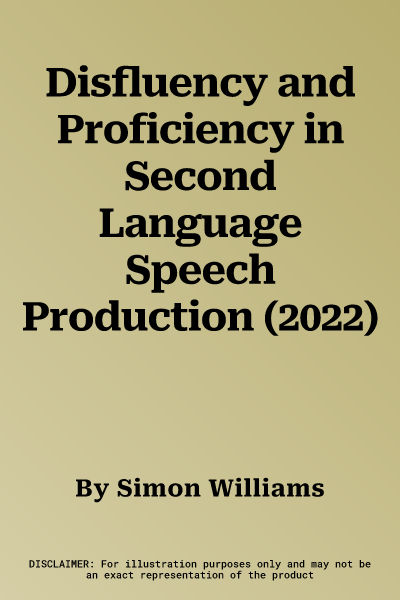Simon Williams
(Author)Disfluency and Proficiency in Second Language Speech Production (2022)Hardcover - 2022, 2 January 2023

Qty
1
Turbo
Ships in 2 - 3 days
In Stock
Free Delivery
Cash on Delivery
15 Days
Free Returns
Secure Checkout

Print Length
286 pages
Language
English
Publisher
Palgrave MacMillan
Date Published
2 Jan 2023
ISBN-10
3031124871
ISBN-13
9783031124877
Description
Product Details
Author:
Book Edition:
2022
Book Format:
Hardcover
Country of Origin:
NL
Date Published:
2 January 2023
Dimensions:
21.01 x
14.81 x
1.91 cm
ISBN-10:
3031124871
ISBN-13:
9783031124877
Language:
English
Location:
Cham
Pages:
286
Publisher:
Weight:
517.09 gm